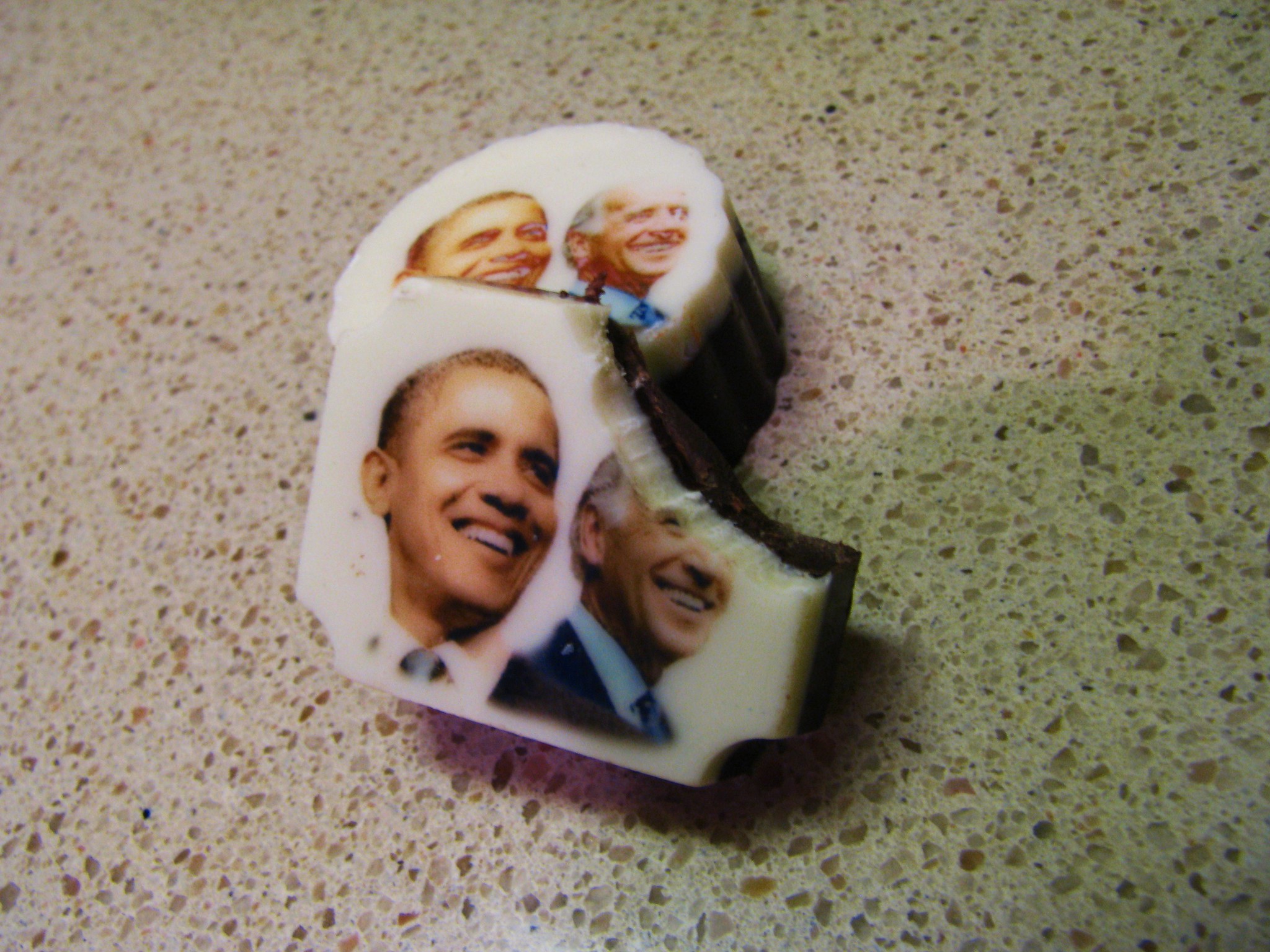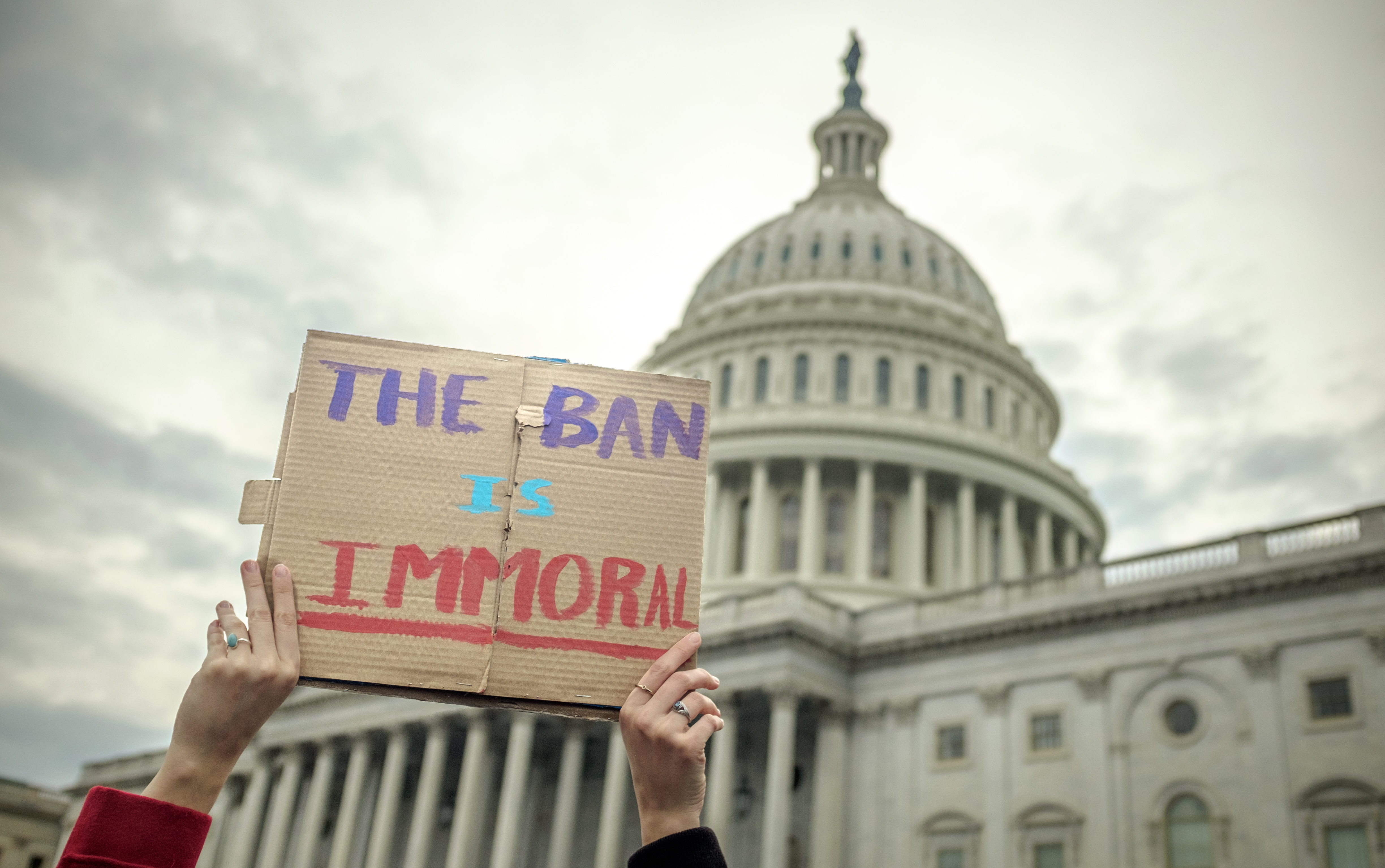Mona Eltahawy’s article, “Why Do They Hate Us?,” catalogues the abuses against women in the Middle East and demonstrates how Arab countries fall in the lowest levels of world’s standards. She awakens readers to one of many horrors; arguably, the most shocking of which is that 90 percent of married women in Egypt have had their genitals mutilated. Her sensational writing style goes right for the jugular, and it would have provoked a healthy dialogue in the Arab world had her article been published in an Arabic media outlet.
By writing the article in English for a magazine with a chiefly Western audience, her message appears as an appeal to the West to save Arab women because Arab women are incapable of helping themselves—queue naked women painted in a black niqab on every page of her article. Even if such a call to action is not her intention, this is how at least some segments of her audience have likely interpreted her article. Given that the magazine, Foreign Policy, is read by policymakers, Eltahawy should practice caution because should a hawkish Republican Administration take the helm of U.S. power, they will most definitely use her arguments to further demonize the Arab world and persuade the American public to rally behind them as they wage yet more wars in the Middle East. Just as Fouad Ajami was one of the authentic Arab Muslim voice to justify George W. Bush’s war in Iraq, Eltahawy and other public intellectuals can find themselves and their messages misunderstood by an ill-informed audience and manipulated by clever politicians.
The article misleads readers in two specific ways. First, it compels a reader who may not be familiar with Islam’s tenets to conclude that it is this belief system that should be held culpable for encouraging men to build a male-centered society and victimize its women. Eltahawy fails to arm this segment of her audience with a key piece of information – that much of the misogynistic behavior she catalogues stems from poor socio-economic conditions coupled with the misinterpretation of Islam by the Salafi movement. Salafis believe in a literalist interpretation of the Quran and enjoy a wide spread following in Saudi Arabia, Egypt, and Yemen. This rigid interpretation has room for neither context nor nuance, yet it continues to spread swiftly with the support of Saudi Arabian Oil money.
Second, Eltahawy misleads her Western audience by sending a message that woman have absolutely no status in the Middle East. All the facts and figures she referenced are true, but she leaves room in her article for the readers to make unguided assumptions. For example, Eltahawy points out to her readers that woman in Saudi Arabia are not allowed to drive. However, she neglects to mention that Saudi Arabia is the only country that prohibits women sitting behind the wheel. Another example is Eltahawy’s mention of the broad acceptance of Female Genital Mutilation among married women in Egypt, and again she fails to inform the reader that this problem is widespread in Africa (not the Middle East) and that both Christians and Muslims are involved in the barbaric practice that has absolutely no sanction in the Quran or Hadith. After reading Eltahawy’s piece, an educated reader might ask why, if Islam is an inherently misogynistic religion, have Sherin Ebadi of Iran, Tawakel Karman of Yemen, Engy Ghozlan of Egypt, Dr. Alkhazraji and Dr. Mustafa of Iraq, and Hanan Ashrawi of Palestine flourished in societies where Islam predominates? Of course the list of accomplished Arab women goes on. The American public does not know these intrepid women because, as Sahar Aziz puts it, the Western media fails to “cover the courageous efforts of the millions of women leaders who incrementally chip away at patriarchy.” Instead, the majority of Western journalists have an insatiable appetite to show the Arab woman as a pitiable creature calling for our help.
The Middle East is a complex region where woman own businesses, are academics, politicians, and police officers. One of the greatest challenges for a journalist is to explain to readers “the what” and “the why” so the audience can make an informed, balanced opinion. By only describing “the what,” Eltahawy allows her readers to interpret their own “why,” and being that this is an era of Islamophobia, the American public is inclined to immediately associate misogyny with Islam.
Eltahawy’s article would have been more productive if directed to an Arab rather than a Western audience. She could have provoked dialogue on a neglected issue among native leaders and activists who are invested in and knowledgeable about the region, and are the real actors for socio-political change. By writing a piece empty on thoughtful analysis and heavy on the of abuses against Arab women, Eltahawy has done nothing more than confirmed the Western readers’ suspicions and stoking the flames of Islamophobia.
Mohammed Al-Adeeb is a specialist on democracy promotion and the Middle East, and at present he is based in Washington, D.C. Follow him @maladeeb.
(Photo Credit: Doran)




